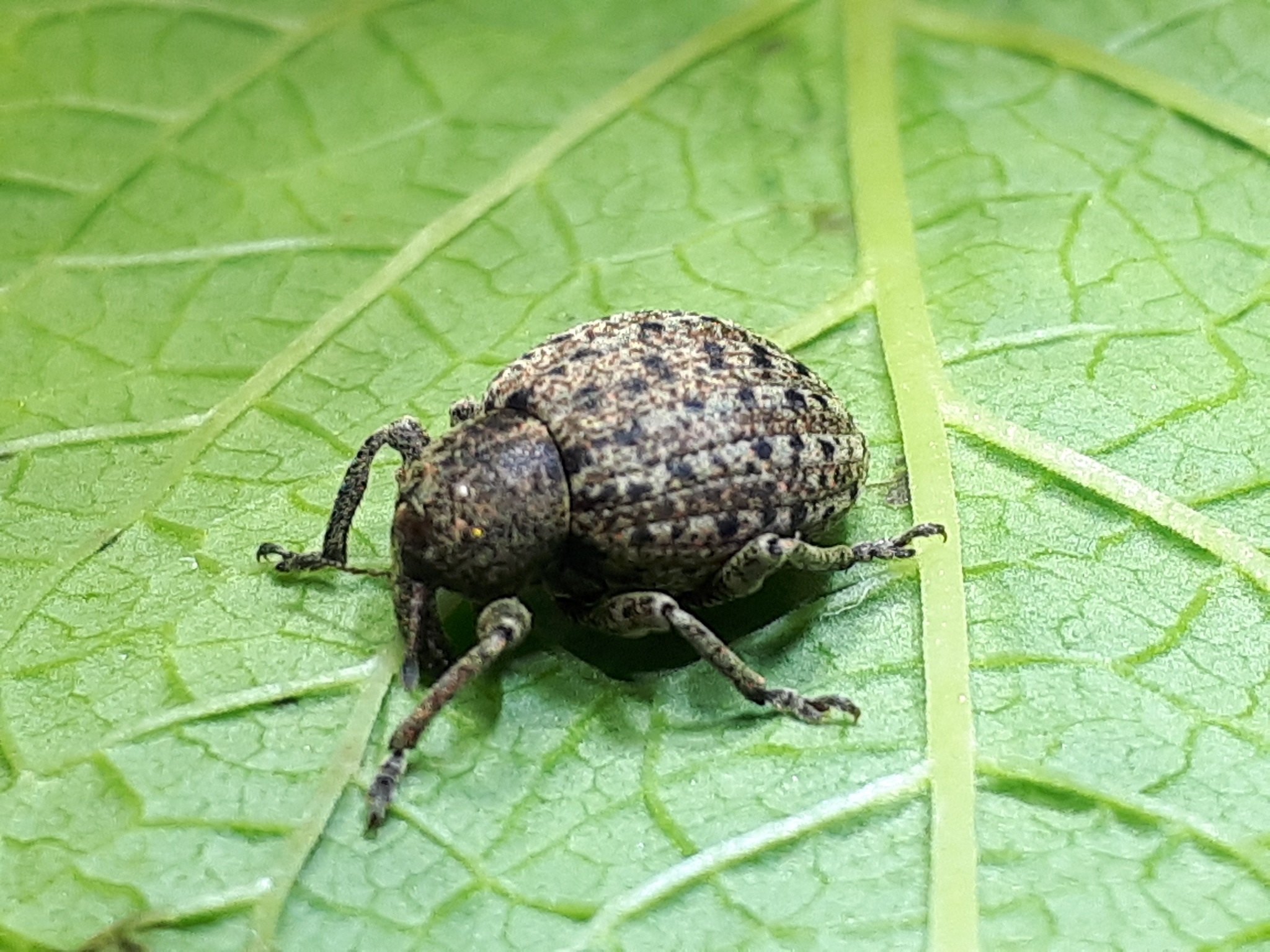First report of Donus intermedius (Coleoptera: Curculionoidae) as a pest on Melissa officinalis in South Tyrol and its identification by molecular methods.
Abstract
Lemon balm (Melissa officinalis) occurs natively in the Mediterranean Area and is widely cultivated as medicinal and aromatic plant (MAP). In South Tyrol lemon balm is among the most cultivated species of MAP. During spring 2019, two field sites in South Tyrol with cultivations of lemon balm showed extensive damage on the leaves. Injured samples taken from these locations were analyzed and showed the presence of larvae and pupae of a Curculionidae, which completed their life cycle in the laboratory. The adults were identified morphoanatomically as Donus intermedius (Coleoptera: Curculionoidae). This species until now was not known to cause damage to lemon balm cultivations. The partial sequence of the cytochrome oxidase subunit I, allowed to differentiate from other species of the genus Donus and can be used as a tool for the identification of larval stadiums.DOI:
https://doi.org/10.23796/LJ/2022.003
Published
20.04.2022
How to Cite
Pramsohler, M., Gallmetzer, A., Castellan, A., Neulichedl, P., Waldboth, B., & Reyes-Domínguez, Y. (2022). First report of Donus intermedius (Coleoptera: Curculionoidae) as a pest on Melissa officinalis in South Tyrol and its identification by molecular methods. Laimburg Journal, 4. https://doi.org/10.23796/LJ/2022.003
Issue
Section
Short Papers



